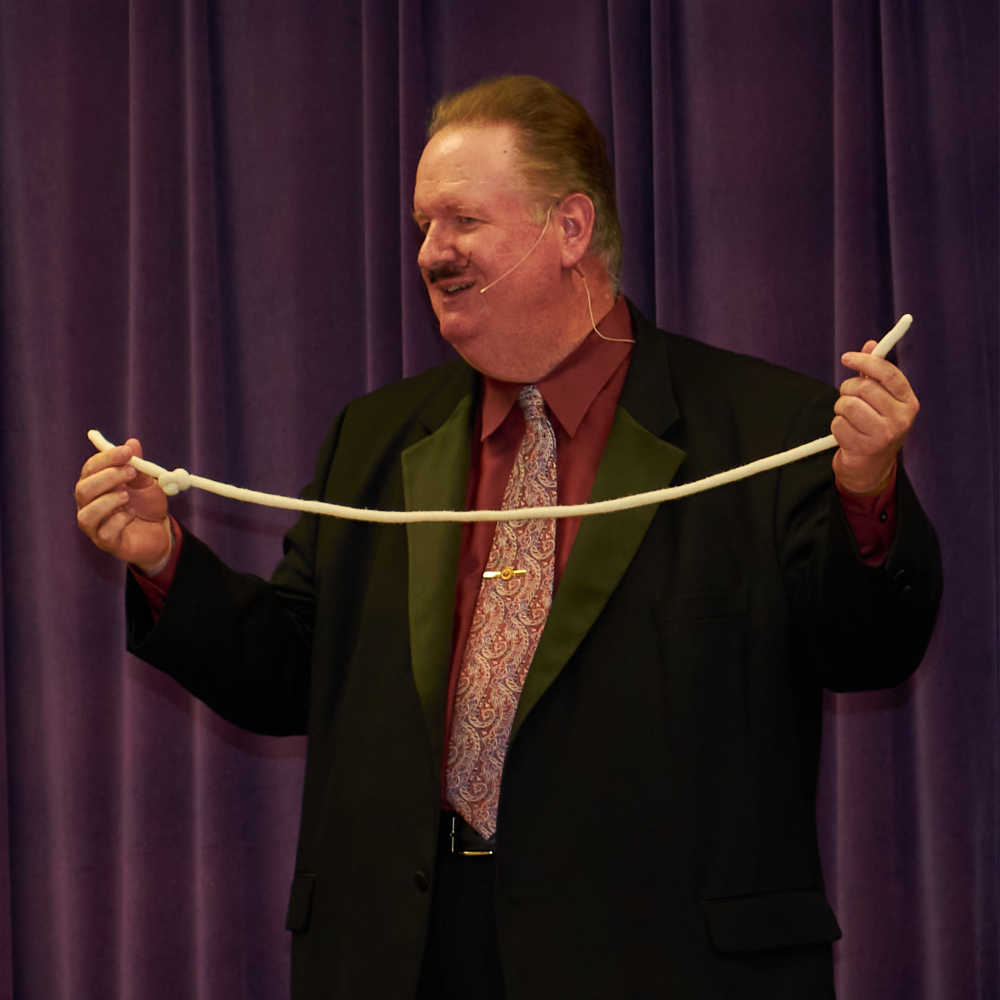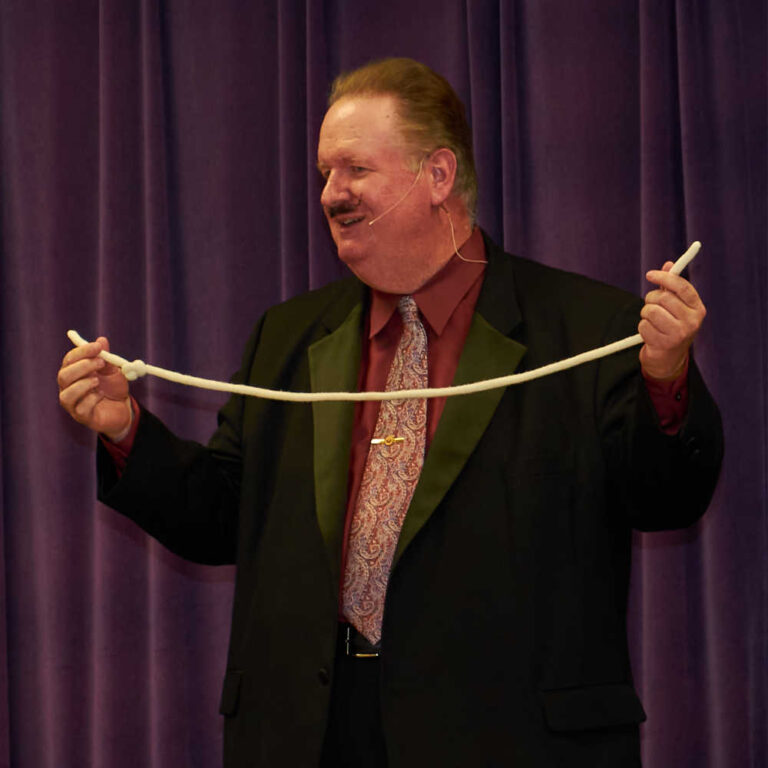
One of the familiar idioms in our language has to do with “finding the path of least resistance.” We use this phrase to describe the flow of currents – water, electricity, even people. It is sometimes applied to discussions about process and workflow design, and is occasionally even used to describe personality traits in people, as in “He’s the type that seeks the path of least resistance.” Even good-hearted, well-meaning friends, seeing us facing hard times, sometimes say “Why fight it? Take the path of least resistance!”
That kind of advice certainly sounds reasonable on the face, doesn’t it? The path of least resistance sounds like an easy choice, and none of us is likely to be interested in making life harder for ourselves, particularly when economic, professional, and personal crises may be creating plenty of stress already. Why not ease up and take the path of least resistance?
One good reason not to do it is that the path of least resistance isn’t really a path at all. It’s not a path, a road, a highway… it’s not even a trail. It has no target, no metrics, no direction, and no destination. The result of the path of least resistance is not to get anywhere or do anything – it’s just to find the easiest way to move somewhere else other than where you started. Worst of all, once you are on a path of minimal resistance, it seems to take even more effort to get focused again!
Resistance isn’t necessarily a bad thing. In human muscles, resistance builds strength. In “project muscles,” resistance helps to ensure that forward motion is done purposefully and in ways that can be explained and defended. A certain degree of pushback is useful and can help keep audiences focused on the goal and the core reasons for achieving it.

You can illustrate this for yourself. On a sheet of printer or copier paper, draw a large circle. Place the paper on the floor. Stand beside it and hold a business card over the target with your finger and thumb, positioned with a short, thin edge pointing straight down toward the target. You should be holding the card at about waist height. Drop the card over the target. Instead of hitting the target, the card will almost certainly flutter away and land nowhere near the target. It will often land without even touching the piece of paper!
Try again with another card, but this time hold the card parallel to the ground, so that the card drops toward the target flat side first. Drop the card so that the printed side is aimed at the target. In this position, it will fall more or less straight downward.
This is an unintuitive result. It would seem that in the edge-first position, the card would move more swiftly and slice through the air toward the target with little or no resistance. However, in that position it is most vulnerable to being knocked off course and it eventually tumbles out of control. When dropped in the face-first position, the steady air resistance actually allows the trajectory to be more accurately controlled.
Apply this demonstration during your next team meeting or presentation by considering the following: Resistance to change in an organization is normal. It’s human nature. But are there certain types of resistance which are actually beneficial to reaching the ultimate goal? Without some resistance, a trajectory can be influenced by chaotic factors and spin out of control. With too much resistance, the target is never reached. How can you evaluate the kinds of resistance your team is facing and harness it to allow you to progress more effectively and accurately toward your goal?
I’ve mentioned Martin Gardner in this column before. He was an amazing writer and thinker. He died just over a year ago, and when he crossed my mind recently I decided to give him another reverential nod in my blog. This “falling cards” demonstration appeared in his book Smart Science Tricks in 2004.







2 Responses
I enjoyed your article and couldn’t agree more with it. My grandfather used to always tell me when I was growing up, “No matter the job big or small, do it right or not at all.” Doing it right didn’t always mean the easiest way. Sometimes resistance and hard work is needed to get things done the correct way.
This is something I am familiar with, it’s my favourite saying. When I left school I became a shop assistant, then a factory worker, then an office worker. I could have carried on making a living in this way, but ‘just’ making a living was not good enough for me, I needed to enjoy what I was doing as well. So I became a truck driver. People were treating me very badly, there were many obstacles and I wondered why I was putting myself through this.
I stuck with it and eventually gained the respect of my fellow drivers, hey, she really can do this. I believed in myself, and consequently had a career that I loved.